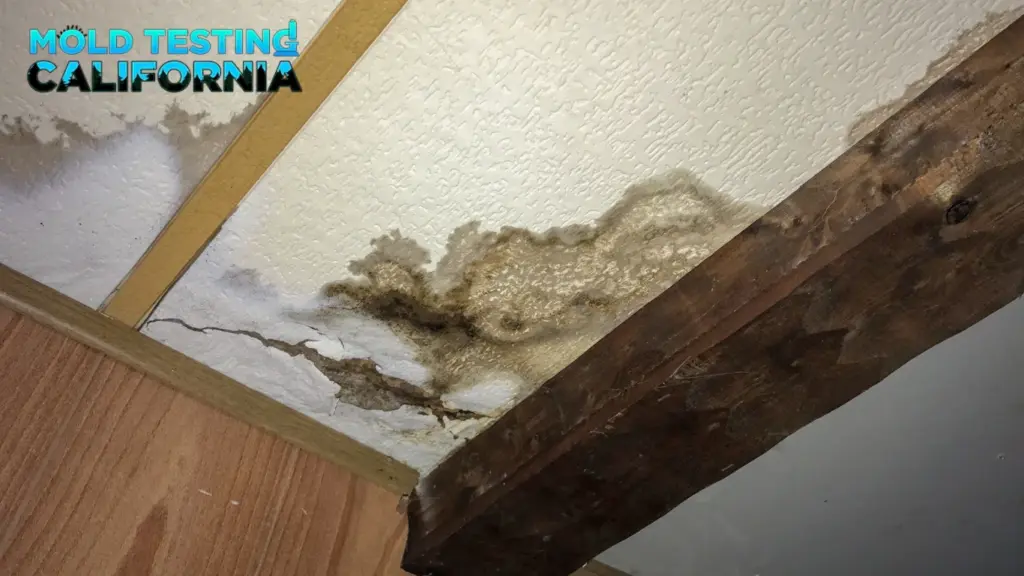Black mold, also known as Stachybotrys chartarum, is notorious for being difficult to identify. Its harmful nature makes it a serious health concern, but it is often confused with other types of mold, leading to delays in treatment. Proper black mold testing is essential to accurately identify this toxic mold and prevent unnecessary risks. Understanding why black mold is frequently misidentified and why testing is necessary can help homeowners address mold issues before they escalate.
Why Black Mold Is Often Misidentified
Black mold is commonly mistaken for other dark-colored mold types because they all share a similar appearance. Many molds that appear black or dark green in color, such as Aspergillus or Penicillium, can look similar to black mold to the untrained eye. Without the proper expertise, it is difficult to differentiate between the species. While some molds may not pose significant health risks, black mold is particularly dangerous because it produces mycotoxins, which can cause severe respiratory and neurological issues. Misidentifying black mold can lead to delays in proper remediation, leaving your home and health at risk.
The Dangers of Misidentification
Incorrectly identifying black mold can have serious consequences. If mold is not correctly identified as black mold, remediation efforts may be insufficient, leaving toxic spores behind that continue to pose health risks. Additionally, if a mold problem is overlooked or misdiagnosed, it may spread undetected, leading to further property damage and more extensive remediation work. Misidentification can also result in unnecessary exposure to mold species that could still impact health, but without the urgency that black mold requires. Black mold testing ensures that professionals can accurately identify the mold type and initiate appropriate steps for removal.
The Role of Black Mold Testing in Accurate Identification
Black mold testing provides an accurate, scientific approach to identifying the presence of Stachybotrys chartarum in your home. A professional mold inspection involves several testing methods, including air sampling, surface testing, and moisture detection. These tests help assess the concentration of mold spores in the air, which is crucial for determining whether mold is spreading throughout your home. Unlike a visual inspection alone, black mold testing can identify mold in hidden areas like inside walls or ceilings, where black mold often grows unnoticed. Through accurate testing, mold professionals can determine the type of mold present and develop a tailored remediation plan.
Why Testing Is Essential for Effective Remediation
Mold testing plays a pivotal role in effective mold remediation. Identifying black mold through testing ensures that all the necessary steps are taken to remove it and prevent further health risks. Mold testing allows experts to locate hidden mold growth, assess the severity of the problem, and determine the correct course of action. Whether the mold is toxic or non-toxic, testing helps avoid unnecessary removal of non-hazardous mold while ensuring that black mold is properly dealt with. By relying on black mold testing, homeowners can ensure a thorough and safe remediation process.
Misidentifying black mold can delay remediation and lead to health risks and property damage. Through professional black mold testing, homeowners can accurately identify toxic mold, address it promptly, and prevent future problems. Proper testing is crucial in providing peace of mind and ensuring that your home remains safe from mold-related hazards.
Learn more:
The Risks of Black Mold in Your Home and How Testing Can Help

